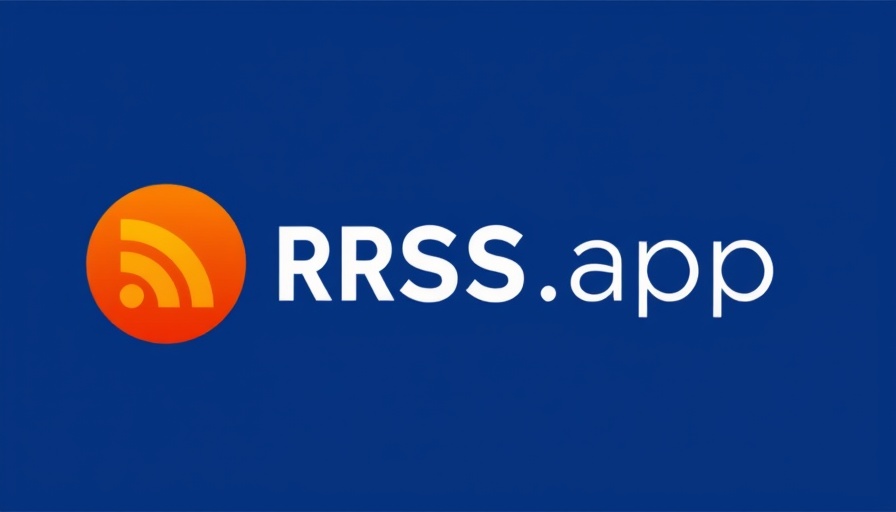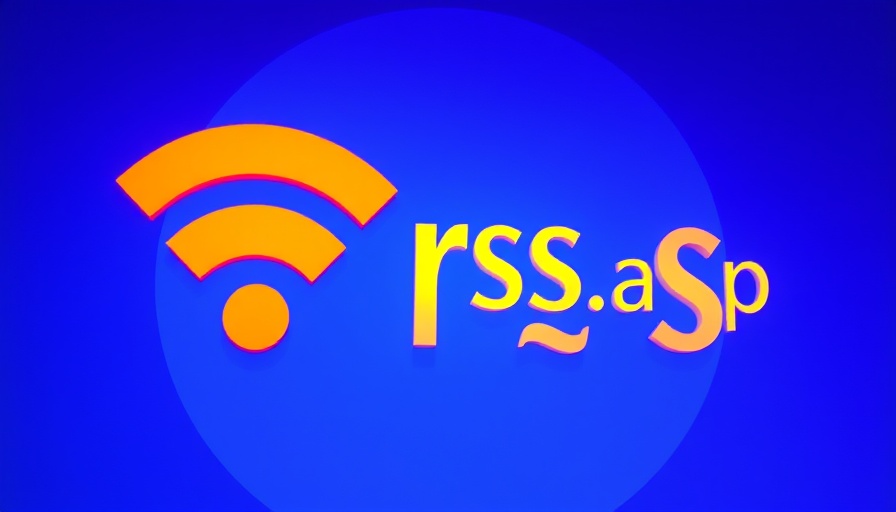
Trump's Proclamation: A Shift in Cultural Narrative
On March 27, 2025, President Donald Trump took a significant step by signing a proclamation aimed at reshaping the narrative within Smithsonian Institution museums and research centers. The decree calls for the removal of references to what Trump describes as "improper ideology" concerning race and gender. This initiative has raised eyebrows across the nation, sparking a debate about the balance between historical accuracy and ideological influence in educational settings.
What Does “Divisive Narratives” Really Mean?
The term “divisive narratives” is central to understanding the implications of Trump’s directive. According to the proclamation, the Smithsonian must eliminate what the White House deems ideological indoctrination that distorts our shared history. Critics of this action argue that this attempt to sanitize historical narratives can lead to a skewed perception of the past, particularly topics related to race and gender relations in America.
The Smithsonian Institution: A Historical Perspective
The Smithsonian Institution has long been regarded as a treasure trove of American history and culture. Established in the 19th century, it was built on the foundation of promoting knowledge, science, and understanding across various global cultures. This new directive may disrupt the institution's mission, pushing it to prioritize political convenience over comprehensive historical representation.
Public Reaction: Mixed Responses from Sectors of Society
Responses to Trump’s proclamation have showcased a deep divide among Americans. Proponents argue that this is a necessary step to protect students and visitors from what they see as biased educational content. On the other hand, historians and educators have voiced strong concerns, asserting that this move undermines the importance of understanding America’s complex history, including its struggles with race and gender issues.
Future Implications for Educational Institutions
This move sets a precedent that could influence educational policy across the country. If museums like the Smithsonian are pressured to conform to a politically favorable narrative, other educational institutions may follow suit, potentially leading to a homogenization of narratives that fail to adequately represent diverse perspectives.
A Time for Reflection: Understanding the Role of Education
Education serves a crucial role in fostering critical thinking and an understanding of diverse viewpoints. It is imperative for educational institutions to provide an accurate representation of history that encourages dialogue rather than suppression. Removing references to race and gender issues may not only obscure realities but could also negatively impact future generations' understanding of societal complexities.
Moving Forward: Possible Actions and Considerations
As this situation continues to evolve, it’s essential for all stakeholders—including educators, students, and policymakers—to engage in discussions about how history is taught. Maintaining an open dialogue about educational integrity and diverse narratives will ensure that future generations learn from the past rather than be shielded from it.
Ultimately, whether this proclamation results in a positive cultural shift or a misrepresentation of America's historical complexities remains to be seen. As citizens and historians, it is our responsibility to advocate for comprehensive education that honors the intricacies of our shared legacy.
 Add Row
Add Row  Add
Add 




Write A Comment